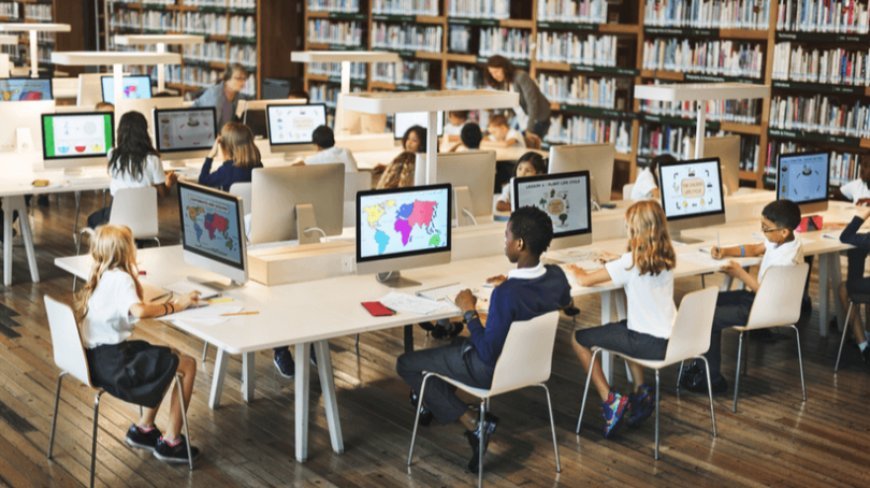Recognizing how digital technologies can be used in education
Traditional classroom lessons don’t offer a quick learning environment, quick evaluations, or more engagement. In contrast, technology and digital learning tools fill this gap. Traditional learning approaches just cannot compete with some of the efficiencies that these technologies offer.

The Transformative Role of Digital Technology in Modern Education
The traditional approach to classroom education, while effective in its time, faces increasing challenges in today’s fast-paced and technology-driven world. Traditional classroom lessons often fall short when it comes to offering quick learning environments, real-time evaluations, and increased student engagement. In contrast, advancements in digital technology and learning tools are bridging these gaps, offering solutions that traditional methods simply cannot compete with.
Closing the Gaps with Digital Learning Tools
Technology has the ability to transform education by providing fast, accessible, and engaging learning experiences. With the rapid adoption of smartphones and other wireless devices in everyday life, it has become increasingly clear that educational institutions must integrate technology into classrooms to stay relevant. This shift is not only about keeping up with trends but also about tapping into the unique capabilities of these tools to enhance learning outcomes.
Modern digital technologies are both versatile and non-intrusive, making them particularly appealing to the younger generation. Apps, gadgets, and online platforms offer interactive and personalized learning opportunities, fostering curiosity and making the learning process more enjoyable. Whether through gamified lessons, virtual labs, or online collaboration tools, these innovations create a dynamic environment where students are more engaged and motivated to learn.
Enhancing Accessibility and Efficiency
The term "digital technology" in education encompasses a wide range of applications and tools designed to meet diverse needs. For example, these technologies play a critical role in assisting students with specific accessibility requirements, ensuring that learning is inclusive for all. From screen readers for visually impaired learners to real-time transcription tools for those with hearing challenges, digital solutions help bridge the gap for students who might otherwise face barriers in traditional classroom settings.
For educators, technology significantly reduces the burden of monotonous and time-consuming administrative tasks. Educational technology tools can fully or partially automate processes like attendance tracking, performance monitoring, and even grading. By streamlining these tasks, teachers are left with more time to focus on what truly matters—providing high-quality instruction and fostering meaningful connections with their students.
A Win-Win for Teachers and Students
The integration of digital technology in classrooms benefits not only students but also educators. Teachers can leverage tools to access real-time data and insights into student performance, allowing them to tailor their teaching strategies to individual needs. At the same time, students enjoy a more interactive and personalized learning experience, which can increase their confidence and academic success.
Moreover, digital tools offer flexibility that traditional methods cannot. For instance, online learning platforms allow students to revisit lessons and resources at their own pace, accommodating different learning styles and schedules. Virtual classrooms and collaborative platforms also break down geographical barriers, connecting students and educators from around the world to share knowledge and ideas.
Moving Toward a Technology-Enhanced Future
As the education landscape continues to evolve, the adoption of digital technology is not just an option—it’s a necessity. Schools must take proactive steps to integrate these tools into their curricula, ensuring that both students and teachers can fully benefit from the efficiencies and opportunities they provide. By doing so, education systems can create environments where learning is not just a requirement but a captivating and transformative experience.
The future of education lies at the intersection of tradition and innovation. By embracing digital technology, we can ensure that learning remains relevant, accessible, and engaging for generations to come.
What's Your Reaction?












/https://tf-cmsv2-smithsonianmag-media.s3.amazonaws.com/filer_public/54/66/546650fa-26a4-40fd-8d6d-5a7a04540f81/rosetta2.png)
:max_bytes(150000):strip_icc():focal(999x0:1001x2)/robert-prevost-050825-1-39395418ab494da5a3a700c9478e66c8.jpg)















































format(webp))
format(webp))

























